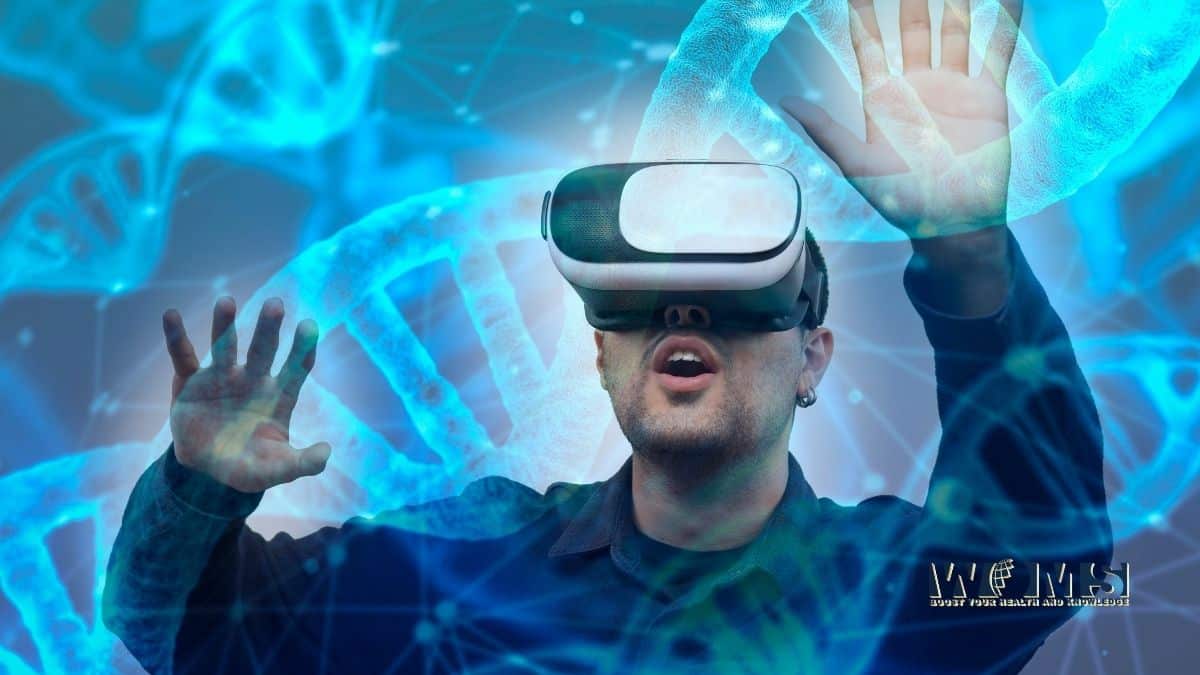Immersive VR experience for treating chronic conditions

Virtual reality (VR) treatments have changed the way people deal with pain whether chronic or acute. Not only has it been proven to be effective in reducing reported pain and distress, but it also changes how the brain physically registers that pain. The future of medicine lies in the hands of modern technology, and people are becoming more open to using it since it is convenient and approachable.
Not everyone is familiar with how VR works, so we’ll explain a bit more about it below.
How does VR work for chronic pain?
Some modern technologies offer VR for chronic conditions without using drugs in their treatment plan. Another reason why many people have turned to virtual reality is that it offers engaging treatments without having to leave their homes, making it a convenient and quite approachable technology.
A great way to decrease pain based on emotional information is virtual reality. The concept of diverting attention from the pain is already familiar to people, but VR succeeds in drawing most of your attention, so you can’t focus on anything else. When you use less attention to pain, it decreases.
This has easily made VR a great solution in many situations like chemotherapy, dialysis, and even childbirth. But, what’s different about chronic pain? The problem with chronic pain is that it is constant and can last for a long time. Using VR every time you feel pain is not healthy, but using it appropriately will train your brain to create less pain when you’re not using VR.
Training how to use VR is not just for healthcare workers needing to provide help, but also for patients who need to train how their brain feels, thinks, and pays attention to pain. Therapists experienced in this field can do a great job using VR without having to meet their patients in person.
How does VR work for treating other conditions?
It is crucial for people who have experienced an injury or survived a stroke to start their rehabilitation as soon as possible. This way they’ll have better chances for successfully regaining lost functions and dealing with chronic pain. One of its aims is to make physical therapy more enjoyable to increase patient engagement.
This method has not only changed the healthcare experience for professionals but also their patients. VR programs have increased in both acceptance and popularity among the medical community since they have proven to be effective in treating not only pain but depression and anxiety as well.
A study at Stanford University, by researcher Beth Darnell, Ph.D., found that there was a significant reduction in pain over a 21-day trial period in adults with self-reported chronic low back pain, using a skills-based VR program that included relaxation, cognitive behavior therapy, and mindfulness.
Pain and depression are sometimes intertwined, so using this method to treat them both can be quite beneficial. For example, Tim Canty, MD, of the Comprehensive Spine & Pain Center of NY, has been using VR regularly in combination with ketamine to help manage chronic pain, especially for those struggling with depression.
Virtual Reality Headsets
A VR headset generates a lifelike virtual environment in 3D which tricks the brain into blurring the lines between reality and digital. This means that by stimulating the visual cortex while engaging in other senses, VR acts as a distraction to limit a person’s processing of stimuli like pain from an injury, or some type of chronic pain.
Companies that offer VR therapy will likely offer a telehealth kit to patients with chronic pain that are interested in participating in an evaluation. After the evaluation is done, the company sends them a VR headset with pre-installed medical applications suited to their needs.
The headset contains various apps for different conditions including stress, anxiety, pain management, physical therapy, and memory decline. The approaches used for pain include cognitive behavioral therapy and distraction. Of course, before you start using it for your treatments, you’ll have to get familiar with it to experience the best of it.
You may also get a call from a physician which sometimes lasts for 15 minutes, while the user is wearing the headset and is immersed in different environments suited for their pain. While you’re connected, your physician can also see everything that you see, monitoring your vitals in real-time.
In closing
The human brain perceives the pain, so using VR that is immersive excludes the reality the brain relies upon and replaces it with a tailored reality for specific conditions like pain and psychological issues. Turning to this new method of relieving pain can help many people suffering from chronic pain, improving their mental and physical health.




